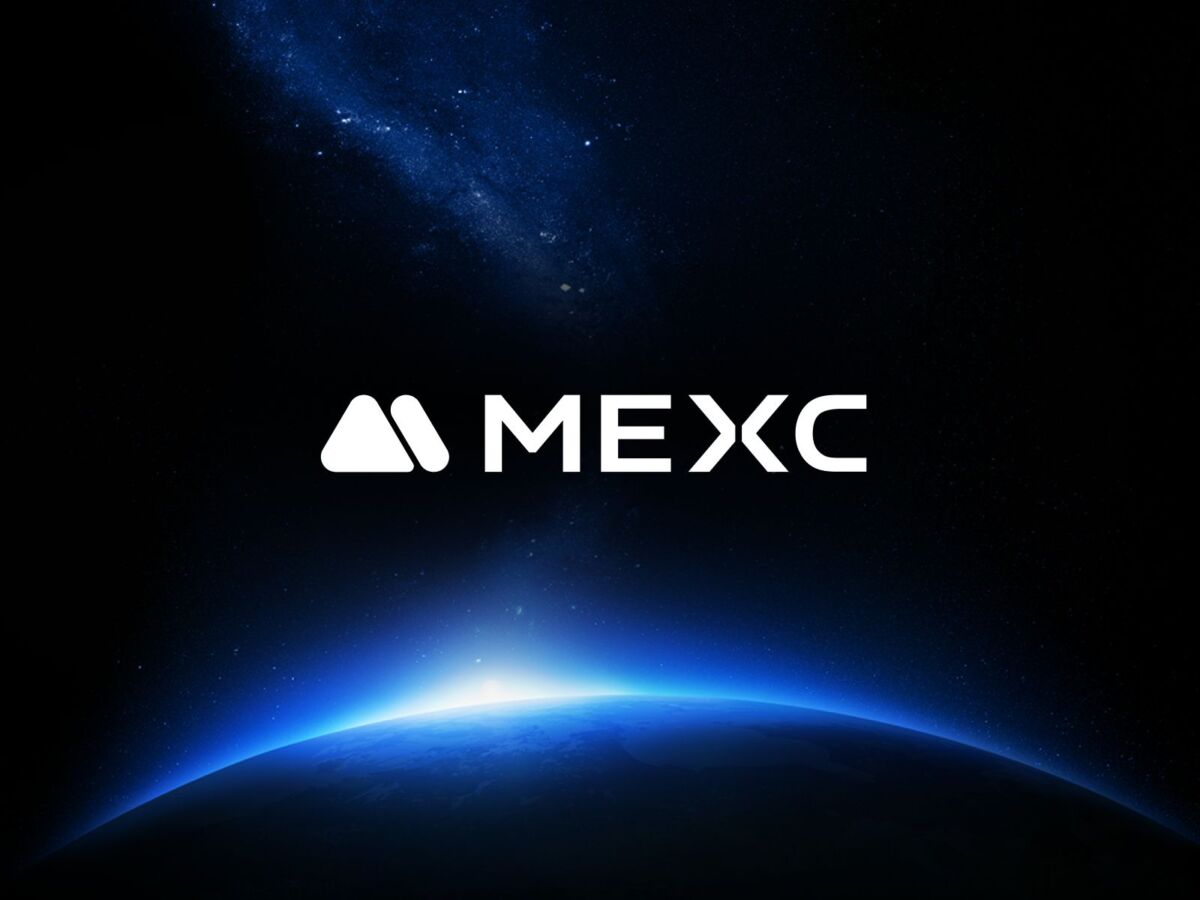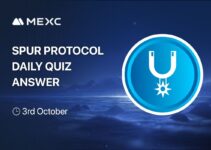Introduction
In 2025 the debate over which asset better serves as a long-term store of value — Bitcoin or tokenized gold — remains central to conversations across finance and digital-asset communities. High-profile advocates on both sides have sharpened public attention, forcing investors and institutions to evaluate trade-offs in technology, trust, liquidity, and regulatory exposure.

This article lays out the key arguments for each side, examines technical and market differences, and offers practical considerations for investors navigating a fast-evolving landscape in 2025.
Context: Why the Debate Matters in 2025
Several developments through 2024–2025 have intensified the discussion:
- Greater institutional adoption of digital assets, including increased spot Bitcoin exchange-traded product flows and custody infrastructure improvements.
- Growing momentum for asset tokenization — not just for gold but for bonds, real estate and commodities — driven by improved smart contract platforms and regulatory pilots.
- Macro volatility and geopolitical uncertainty that renewed focus on stores of value and portfolio insurance.
- Regulatory clarity emerging in some jurisdictions, while others strengthen oversight on tokenized asset issuance and custody practices.
Core Positions: Bitcoin and Tokenized Gold
Bitcoin: A Native Digital Store of Value
Advocates highlight Bitcoin’s native digital scarcity, decentralized consensus, and large, permissionless network as its core strengths. For many, Bitcoin’s appeal lies in its resistance to censorship, predictable supply schedule, and the global infrastructure of exchanges, custodians, and wallets that supports liquidity and price discovery.
Typical arguments for Bitcoin:
- Monetary scarcity enforced by protocol rules (fixed supply cap).
- Trust-minimized custody options enabling self-sovereign ownership.
- Large, liquid secondary markets and deepening institutional participation.
- Strong developer and node ecosystem that continues to improve scalability and privacy options.
Tokenized Gold: Bridging Physical Assets and Blockchain
Proponents of tokenized gold argue it delivers the best of both worlds: the time-tested value of physical gold with the programmable, divisible and transferable nature of blockchain tokens. Tokenized gold projects generally represent ownership claims backed by allocated bullion stored with custodians, and aim to combine familiar economic properties of gold with modern liquidity.
Typical arguments for tokenized gold:
- Gold’s long-established role as a real asset and hedge in many portfolios.
- Enhanced liquidity and tradability compared with physical bullion — fractional ownership and 24/7 markets.
- Potential to serve as medium of exchange or unit of account when integrated into payment rails and DeFi primitives.
- Perceived lower volatility relative to cryptocurrencies in some market regimes.
Technical Differences and Trust Models
Understanding technical mechanics and trust assumptions is crucial when comparing Bitcoin and tokenized gold.
Bitcoin’s Trust Model
- Native on-chain asset recorded on a public blockchain.
- Security derives from decentralized miners/validators and cryptographic consensus.
- Ownership = control of private keys; self-custody possible without intermediaries.
- Fewer counterparty risks related to off-chain audits or asset backing.
Tokenized Gold’s Trust Model
- Representation of an off-chain physical asset mapped to a token on-chain.
- Relies on third-party custodians, auditors, and legal frameworks to confirm allocation and provenance.
- Token holders typically exposed to custody, redemption, and audit risks unless transparent systems and strong custodial practices are in place.
- Smart contracts can automate many functions, but legal enforceability of claims is jurisdiction-dependent.
Liquidity, Market Structure and Use Cases
Both assets have evolved in liquidity and real-world use cases, but they serve different roles for different participants.
Liquidity and Tradability
- Bitcoin benefits from deep spot, derivatives and OTC markets across global exchanges and institutional desks.
- Tokenized gold liquidity depends on the size of the issued token pool, exchange listings, and ability to redeem tokens for physical bullion.
- Tokenized versions that integrate with DeFi can offer lending, yield and composability, but often at the cost of additional smart-contract and counterparty exposure.
Use Cases
- Bitcoin: long-term store of value, near-cash settlement layer, collateral in crypto-native finance.
- Tokenized gold: portfolio diversification, programmable settlement in commodities markets, on-chain collateral with links to a physical asset.
Regulatory Landscape and 2025 Market Insights
Regulation remains a pivotal factor determining adoption and utility for both assets.
Key regulatory and market themes to watch in 2025:
- Clearer frameworks for tokenized asset issuance in multiple jurisdictions, improving legal certainty for holders and custodians.
- Ongoing scrutiny of market infrastructure: KYC/AML, custody standards, auditing requirements and redemption rights for tokenized assets.
- Central bank digital currency (CBDC) pilots and evolving payments rails that may influence adoption and integration possibilities for tokenized assets.
- Institutional mandates and allocation policies that now consider digital assets alongside traditional commodities, often under risk-managed frameworks.
Risks and Operational Considerations
Both options carry distinct risk profiles that investors should weigh carefully.
Bitcoin Risks
- Price volatility remains significant — suitable allocation sizes depend on investor risk tolerance and time horizon.
- Custody risk if private keys are mismanaged or central custodians are compromised.
- Regulatory uncertainty in some jurisdictions can affect access and institutional participation.
Tokenized Gold Risks
- Custodial and counterparty risk: the token’s value depends on the custodian’s integrity and auditability of the bullion backing.
- Redemption mechanics and legal enforceability can be complex across borders.
- Operational risks in token issuance, smart contracts and oracle integrations.
Investor Considerations and Allocation Strategies
There is no single correct answer — allocation depends on objectives, timeframe and risk tolerance. Consider these principles when evaluating either option:
- Define the role of the asset in your portfolio: hedge, speculative growth, or insurance against macro risks.
- Perform due diligence on custody, redemption policies, and audit practices for tokenized gold providers.
- Understand custody options for Bitcoin: self-custody vs. institutional custody, and the trade-offs each entails.
- Consider diversification: some investors opt for both assets to capture different risk-return profiles.
- Monitor regulatory shifts and liquidity developments that could change relative attractiveness over time.
Practical Steps for Investors in 2025
For market participants evaluating either asset in 2025, practical next steps include:
- Review legal documentation and custodial agreements for any tokenized asset you consider.
- Use reputable custodians and auditing firms; demand proof of reserves and transparent redemption mechanisms.
- If holding Bitcoin, establish secure key-management practices and consider multi-signature or institutional custody for larger allocations.
- Follow market liquidity indicators (order book depth, spreads, ETF flows) to assess execution risk.
Conclusion: Complementary, Not Always Competing
The Bitcoin versus tokenized gold debate highlights important philosophical and practical differences: Bitcoin emphasizes native digital scarcity and trust-minimized ownership, while tokenized gold offers the historical credibility of a physical asset combined with the programmability of tokens.
In 2025 both assets coexist within a maturing market where institutional frameworks and technological integrations continue to evolve. For many investors, the optimal decision is not binary — Bitcoin and tokenized gold can play complementary roles depending on investment objectives and risk tolerance.
Careful due diligence, attention to custody and legal terms, and active monitoring of evolving regulation remain essential as markets and product structures develop.
Disclaimer: This post is a compilation of publicly available information.
MEXC does not verify or guarantee the accuracy of third-party content.
Readers should conduct their own research before making any investment or participation decisions.
Join MEXC and Get up to $10,000 Bonus!
Sign Up


